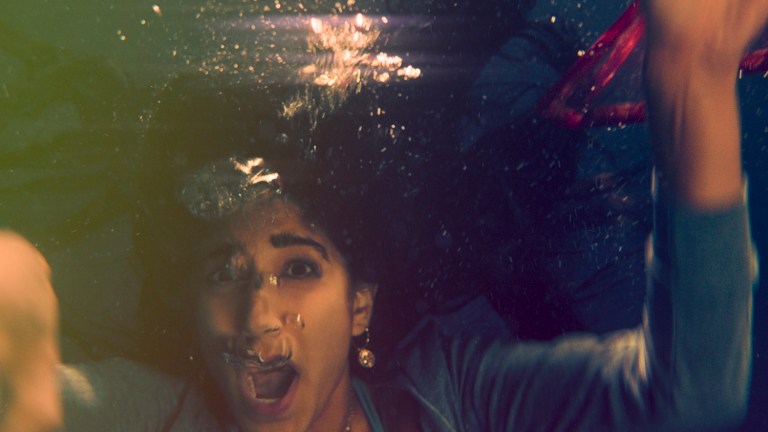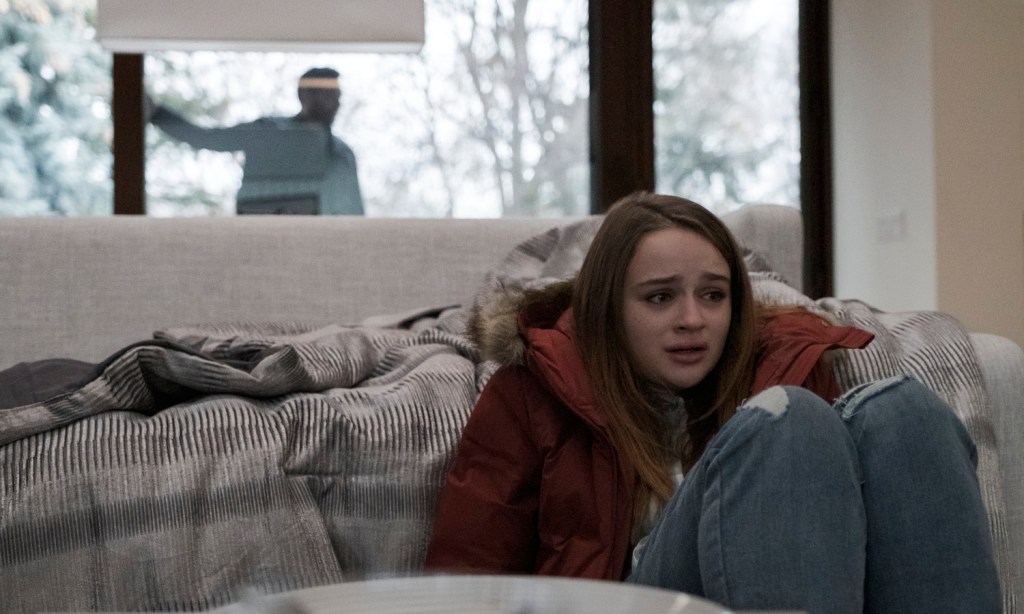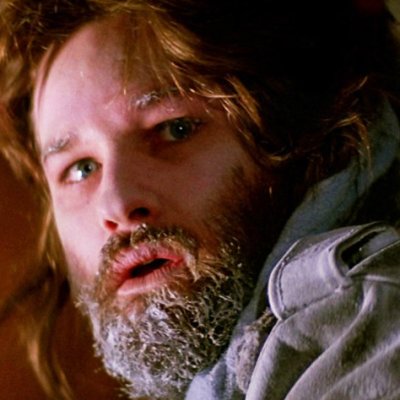How Welcome to the Blumhouse Explores the Horror of Family
Jason Blum explains the concept behind his new Welcome to the Blumhouse movies.

In terms of dealing with the pandemic and how to release existing or finished films without having movie theaters available until recently, Blumhouse has been one of the leaders. The company — in conjunction with its primary distributor, Universal Pictures — shifted the arrival of its summer horror movie, You Should Have Left, from theaters to VOD seamlessly, while movies that came out in theaters right before the coronavirus shut everything down — like The Invisible Man and The Hunt — also made the transition quickly and smoothly, extending their shelf life and possibly their audiences.
Now, with many theaters reopened around the country but not pulling in a lot of customers (and some closing again soon), Blumhouse has another surprise up its sleeve: the company has partnered with Amazon Prime to release eight new films through the platform, as part of an anthology series called Welcome to the Blumhouse. Two of the films, The Lie and Black Box, premiere Tuesday (October 6), with two more, Nocturne and Evil Eye, arriving a week later on October 13. The remaining four are yet to be announced but will surface in 2021.
“Jen Salke, who runs (Prime Video), and I were doing a conference somewhere, and she said, ‘What about doing an anthology?’” says Blum when we connect with him via Zoom to discuss the project. “We had our Into The Dark series on Hulu, and it was winding up. I said, ‘I would love to do that.’ I love doing an anthology of movies, but there were things that I would do differently if I had the chance to do it again. So I really took her up on the proposal.”
There are differences between Into the Dark and Welcome to the Blumhouse. The former was formatted as a TV series, with the stories structured as episodes. Every episode of the monthly series was based around a holiday occurring that month. But with Welcome to the Blumhouse, Jason Blum says that the entire run of all eight movies are tied together by an overarching concept.
“I think that the thing that really crystallized it was, when you’re doing an anthology of movies, you’ve got to think of a framework that makes the movies feel individual enough so that you don’t feel like you’re watching the same movie over and over again,” he explains. “But then you need a thread to hold it all together. I think together we came up with this idea of doing all underrepresented filmmakers. That was exciting for me, not because it was a good — I mean, it was a good thing to do, but that wasn’t why we did it. It was more because I thought that would be a great thread to hold all these stories together.”
Blum chose filmmakers “from voices that we don’t hear enough from” to make sure they felt different enough from each other.
“I’m really proud of the first four movies. I like the back four, too. We’re not talking about those yet, but I like them for a lot of reasons,” he says. “One of the reasons I like them is because they feel unique. They feel slightly different. They’re not told from people who look like me and you, and I think that’ll be a good thing for the audience, because I think the movies are better for it.”
There are also thematic threads running through all eight movies, although the theme itself is related to the movies’ relatively low budget.
“When you task filmmakers with doing something unsettling, or scary, or genre, if you give them a lot of money, they build a monster, right? They build some scary creature,” Blum says. “But when you don’t have the money for a creature, you’ve got to figure out another way to scare people. What all our filmmakers saw on their own, without talking to each other, is that the best way to do that is to take what’s most sacred to us, which is our relationship with our family, our children, our parents, our wife, our husband, our brother, our sister, and have some outside event threaten that. Then watch what happens, watch how people react.”
The theme of family — and what happens to that family unit when put to the test — is very present in the first four films. The Lie, directed by Veena Sud (The Killing), follows two parents (Peter Sarsgaard and Mireille Enos) who desperately try to cover up their daughter’s impulsive murder of her friend. In Emmanuel Osei-Kuffour Jr.’s Black Box, a single father (Mamoudue Athie) loses his memory in a car accident and begins to question his own identity after undergoing an experimental treatment.

Nocturne, written and directed by Zu Quirke, follows twin sisters in a music school whose relationship turns destructive when one of them finds a notebook from a deceased classmate. And finally (for now), Evil Eye, directed by Elan and Rajeev Dassani, focuses on a mother who is convinced that her daughter’s new boyfriend has a dark connection to her own past.
“I think, in a certain way, all four movies fit to some degree into what I just described,” says Blum. “I think that’s very fun to watch. I think it’s fun to say, ‘I would do this. I wouldn’t do this.’ I love the way that they also subvert expectations. In The Lie, you think these parents are great protecting their kid, and they turn out to be not so great. Or you think the mother in Evil Eye is overbearing, and it turns out she’s right. I like that the filmmakers subvert our expectations, and all to a certain degree are commenting on family, those relationships, and what happens when those relationships get threatened.”
While there isn’t really a Blumhouse “house style” of filmmaking — aside from keeping costs down and filmmakers resourceful — some of the Welcome to the Blumhouse titles like The Lie go into uncharted territory. The Lie, for example, is based on a German film called Wir Monster and — even though it’s made by a Canadian filmmaker — has a decidedly European tone and atmosphere to it.
“I think that’s related to the distribution,” muses Blum. “I think when you’re making movies for streaming, you have more freedom to experiment in the form. When you’re making theatrical movies, you have to have X amount of jump scares. If the audience doesn’t jump out of their seat a handful of times during the run of the film in a theatrical scary movie, you didn’t do your job. Chances are the movies didn’t work. When you’re doing a movie for streaming, it gives us the opportunity to make movies with more moments that are just creepy or uncomfortable.”
Blum says that giving filmmakers the widest latitude possible — whether for a drama like the HBO series Sharp Objects, the latest entry in the Halloween franchise, or a collection of eight horror-adjacent movies on a budget — is one of his prime motivations in the projects his company produces. When those films are coming out through a streaming platform, without the costs associated with a theatrical release, the range of possibilities gets even broader.
“We allow our filmmakers to have more freedom in terms of the kind of storytelling they do when they’re doing a horror movie directly for streaming, as opposed to theatrical,” says Blum. “It’s always been important to me that the TV shows and the movies that I do find a broad audience. They don’t always find one, but I intend to make things that find a broad audience. They don’t always, but I’m always going out the door hoping that they do. That’s what I love horror for. You can do crazy stuff, and it can still find a broad audience.”
The first two Welcome to the Blumhouse movies — The Lie and Black Box — premiere Tuesday (October 6) on Amazon Prime Video.

